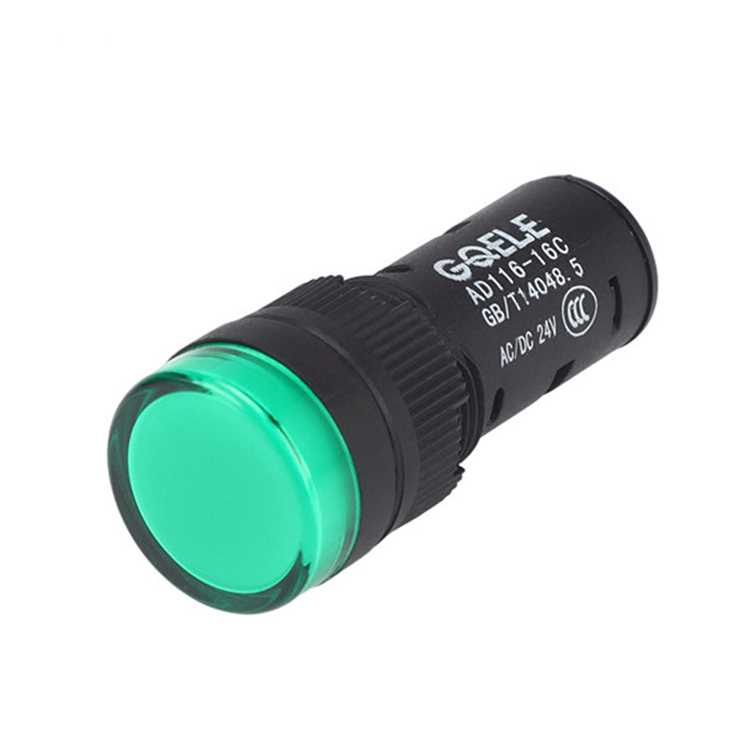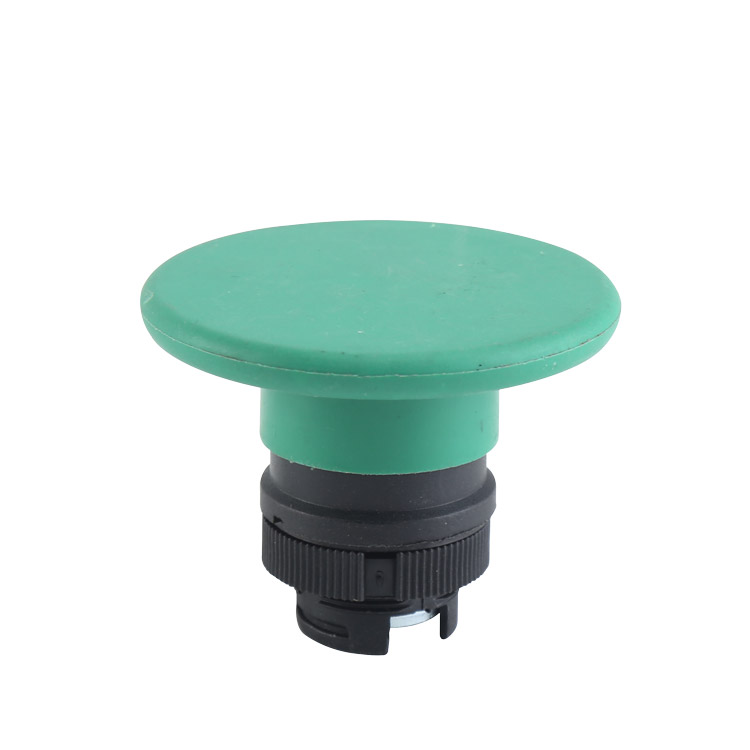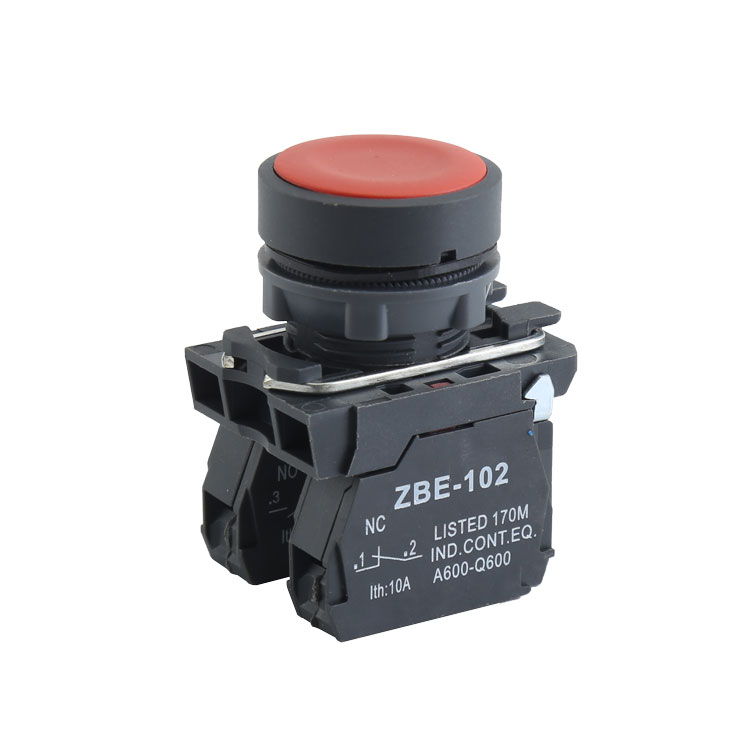
AD116-16C High Quality Φ16 LED Indicator Light With Black Shell And Green Light

GXB2-ER3 Φ60 Spring Return Momentary Green Mushroom Push Button Head

AD116-22DS/M High Quality Long-life Φ22 Buzzer With White&Black Shell

GXB2-BC42 High Quality 1NC Φ40 Mushroom Push Button Switch With Spring Return Action or Momentary

LA115-A5-11HT High Quality 1NO+1NC Maintained Extended Push Button With Round Head And Without Illumination

GL-12F10-SJ Metal push button

LA115-5-D Green Plastic Round Momentary Illuminated Flush Push Button Head With Green Light

GXB2-EW81364 1NO&1NC Greenℜd Double Control Flush Push Button Switch With Marked And Illuminated Head

GOB1-X2913

LA115-B9-11MD 1NO & 1NC Momentary & Illuminated High Quality Mushroom Push Button Switch With Mushroom Shape Head And Red Light

GL-30H22-SJ

GXB4-EA45 High Quality 1NO+1NC Momentary Flush Push Button With Red Round Head And Without Illumination











